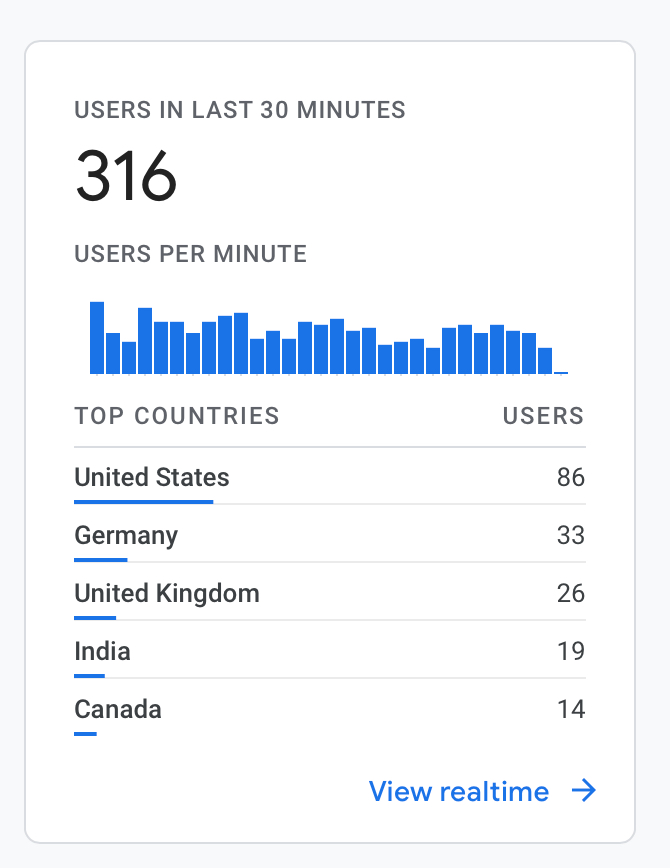
Understand AI with Every
We're giving readers 25% off of an Every subscription—a $50 savings—for 24 hours. Subscribe before Tuesday, February 14th and use this link to take advantage:
The following is an update for paying Every subscribers to our "How to Build a Chatbot with GPT-3" article. It includes sections on:
- How launch day went for Lenny Bot—our GPT-3 chatbot launched to 300,000 Lenny's Newsletter readers
- Server-side code samples for Lenny Bot
- Client-side code samples including React code and CSS for Lenny Bot
Let’s dive in!
How launch day went
Launching this thing was a fun ride. It went live at 6 a.m. my time, and so I woke up at 5:50 to man the servers and make sure things didn’t go down. Good thing I did because as soon as it went live our Google Analytics went wild:
For context, generally when I check the Every site we usually have 30-50 users on at any given time.
Our logs also showed many questions being asked every minute:
The Only Subscription
You Need to
Stay at the
Edge of AI
The essential toolkit for those shaping the future
"This might be the best value you
can get from an AI subscription."
- Jay S.
Join 100,000+ leaders, builders, and innovators

Email address
Already have an account? Sign in
What is included in a subscription?
Daily insights from AI pioneers + early access to powerful AI tools







.png)


